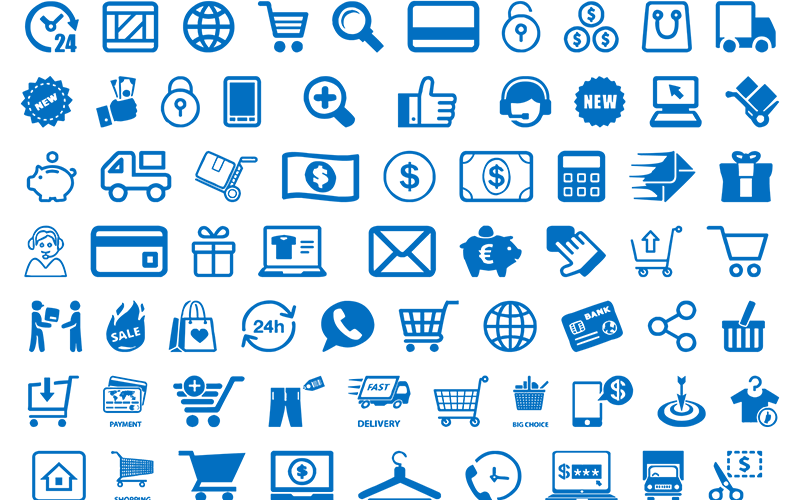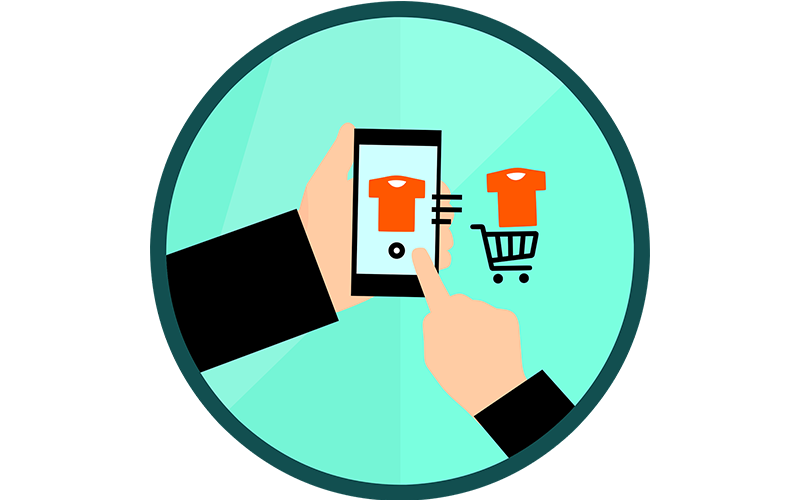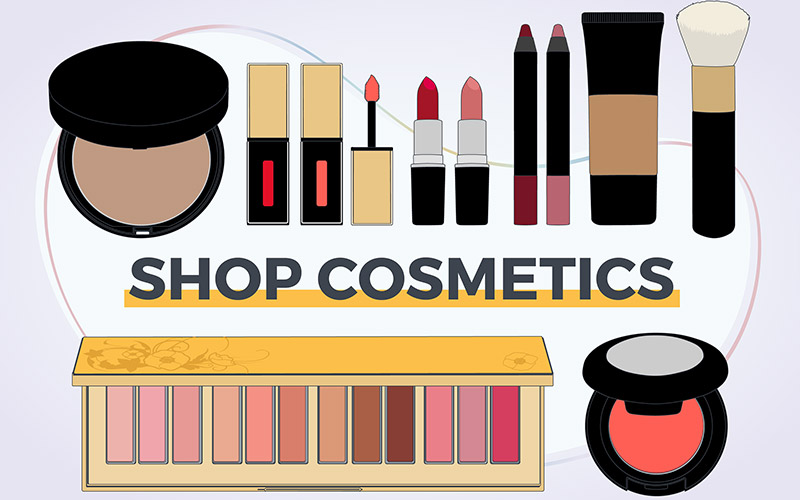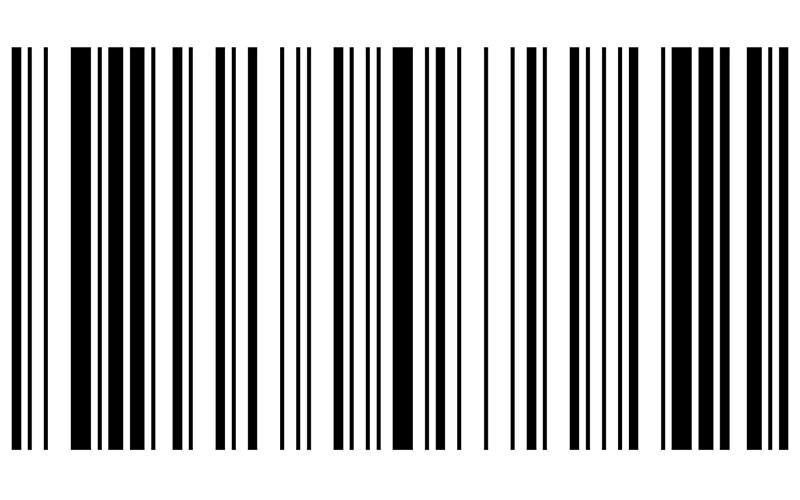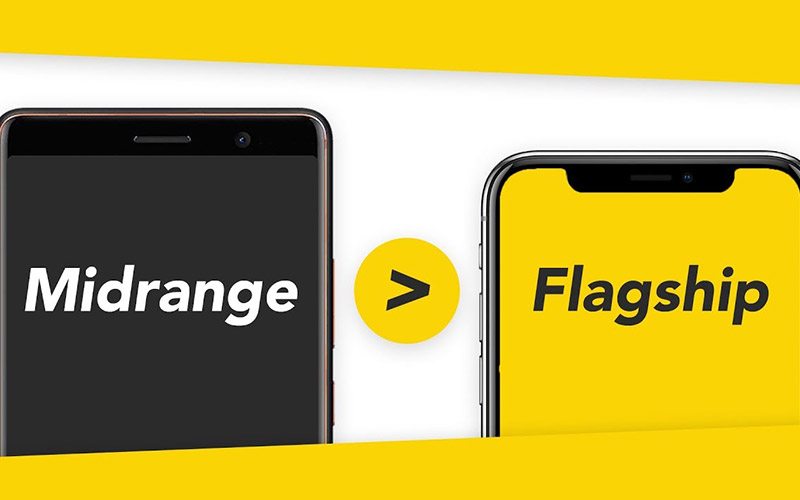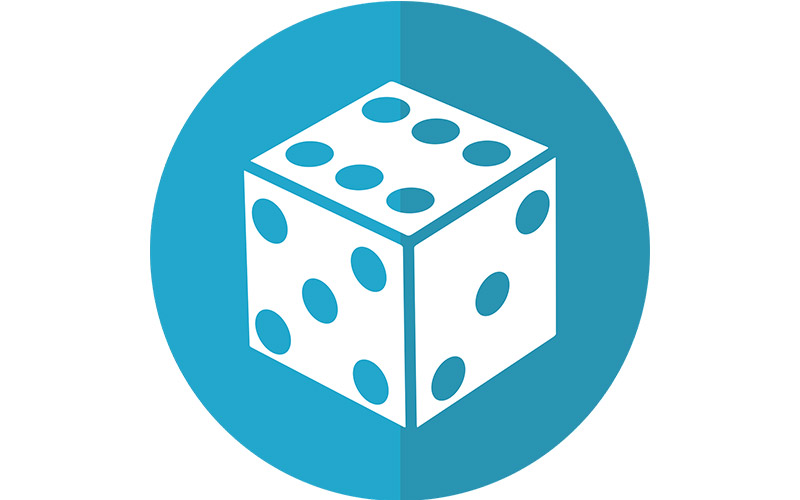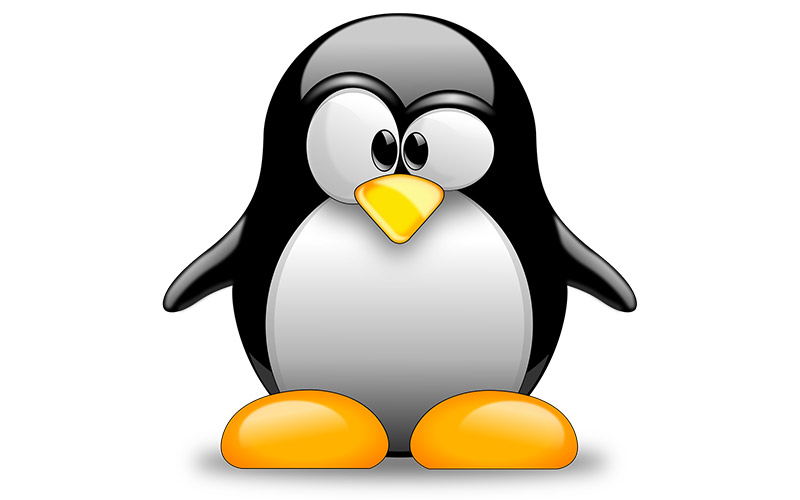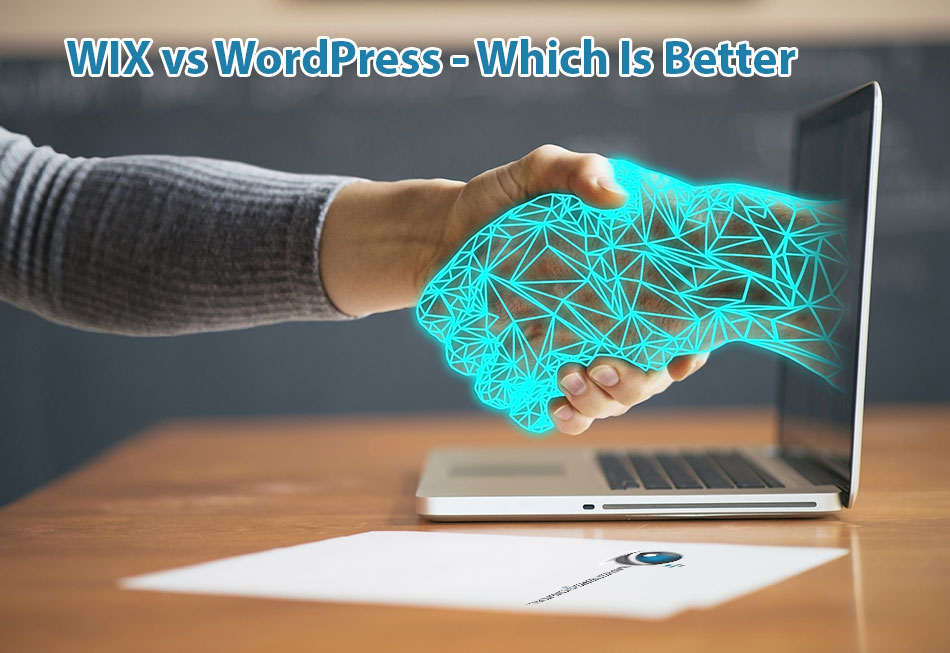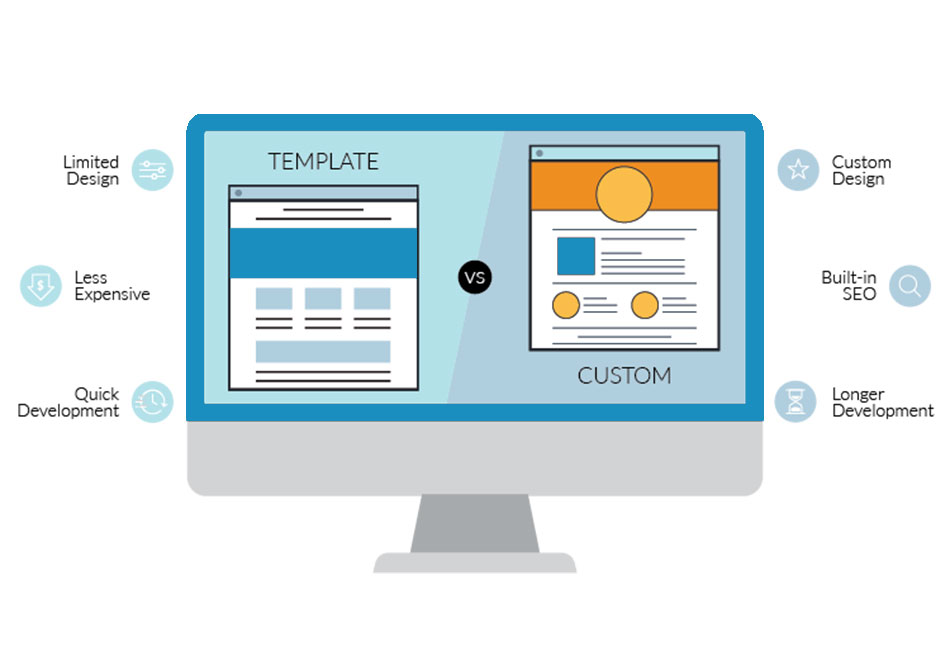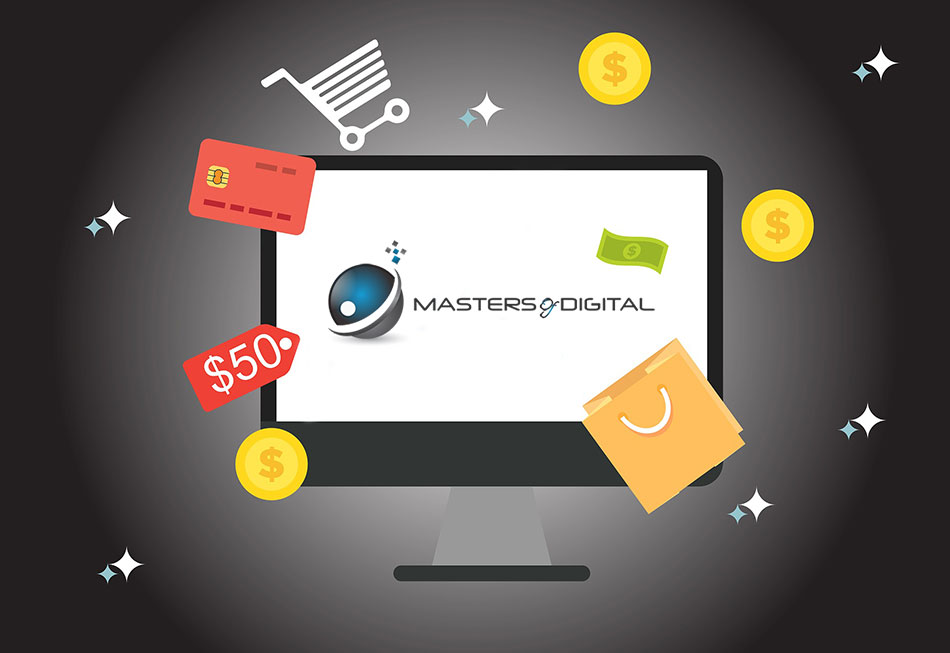
How Many Products Should I Have On My Website?
How many products should I have on my website? In retail, shelf space is sold at a premium. Even when you know some niche items would net you a guaranteed profit, you can rarely afford to stock everything for everyone, unless you’re one of those mega stores, such as JB Hi-Fi or Kmart or Target. However, online stores can stock a virtually infinite number of items. Should they? How many products should an eCommerce site have anyway? Let’s take a look and find out.
E-commerce is the activity of electronically buying or selling products on online services or over the Internet – Wikipedia
Contents:
- How Many Products Should an Ecommerce Site Have?
- Consider Revenue per SKU
- Offer a Curated Experience
- A/B Testing
- Don’t Neglect The Long Tail
- More Products Makes You More Discoverable
- Final Thoughts
Initial Assessment
Cataloguing virtual products isn’t an easy task. It may actually take a dedicated team anywhere between 12 and 18 months to stock the virtual shelves of your store. If you wait up until the opening day, you’ll have a bad day riddled with confusion and irate customers. So, how much is too much? There is no fixed number of products you should have before opening an online store; it all comes down to your logistics and maintenance capabilities.
Your online store catalogue also depends on your target demographic and expected traffic and sales numbers. Start by analysing what your customers need and want and then tweak your offer based on what is sold. You might get tempted to follow trends, but keep in mind online purchases are emotional decisions and most often include snap judgements that the customer later justifies in various ways. If all else fails, visit your competitors and check them out; whatever the customers are buying, that’s what you should stock.
How Many Products Should an eCommerce Site Have?
Obviously, there is no one-size-fits all answer to this question. But we can offer some basic guidelines if you are really interested in finding a solid number to get you started. Really, it all depends on what sort of eCommerce site you are running:
A single-product store is pretty obvious: you can launch with one just product. If you sell a single, highly branded or unique product, you can run an entire eCommerce site on this product alone. An example is a store that sells an information product, software, or just a very specialized product, like a patented pillow design. Of course, as you grow, you may decide to add on accessories or upgrades to boost revenue and increase customer satisfaction.
A niche-product store usually focuses on a single type of product, offering multiple brands or styles of the same thing. For example, you may launch a site solely dedicated to selling skateboards (and maybe skating accessories). This sort of eCommerce site can usually launch with about 5 to 30 products, and can grow as you win new suppliers.
A general niche store encompasses multiple categories of products that fall under the umbrella of a single niche. For example, instead of just selling skateboards, a general niche store could also offer bikes, roller skates, and roller blades (and their accompanying accessories). The store might also expand into other sporting niches too, like camping and golf. When launching a general niche site, just treat each category as its own mini niche store, with 5 to 30 products per category.
A general store is something like Target or Amazon. It doesn’t really focus on any specific niche, instead encompassing a wide range of product types with little connection to one another. These are tough waters to compete in, but if you are interested in building a brand this big just be prepared to upload hundreds of products to start with.
Those are some general guidelines for the most common types of eCommerce stores. What follows are some of the other considerations and advice you’ll want to keep in mind when determining how many products your website should have.
Consider Revenue Per SKU
SKU represents the stock-keeping unit or a unique numerical identifier that shows what an item is and what features make it appealing to customers. The revenue per SKU measure should tell you how much revenue you’re getting from the unit, which represents if the product is worth keeping on your website. While you don’t suffer from the same limited shelf space as physical stores, you should still pay attention to which products bring in the bacon and which are loss-leaders.
You might end up in a situation where you get huge traffic due to items that don’t have that big revenue per SKU but they’re still worth holding. The ultimate gauge of whether you should keep an item is how much it hampers or boosts your overall store performance. Consider traffic metrics as well as maintenance and other data points before pulling the trigger.
Know Your Place
You might decide to challenge Amazon, eBay or other online mega-stores by labelling yourself as a disruptor. That’s not a good idea, seeing how these mega-stores can always outmanoeuvre you with their god-tier logistics and undercut you until you’re bled dry. Those companies don’t play fair, either. If you offer the lowest bid in some category on Amazon, their sourcing department will contact your supplier directly and offer the product under the Amazon Basics brand, taking you out of the equation entirely.
Instead, you should know your place. Discover a niche you’re intimately familiar with and dominate it completely. If that leads to your store becoming a disrupting force for the mega-stores, that’s fine because then you’ll attract customers who think alike, but don’t focus on being a thorn in the side of giants. That minimises the chances of Amazon or any other mega-store discovering you before you’re ready, hijacking your customers, or throwing a wrench in your works.
Offer a Curated Experience
To you, this might sound strange, but customers often just want to buy whatever is genuinely the best product for their situation and move on. Instead of burning money on marketing in hopes it magically lands you sales, you can offer your visitors a curated experience, one that serves as a shortcut through the purchase process by recommending the best product for their needs. In some instances, having products that combine well means more than having a sheer quantity of products. If you curate the experience right, you can upsell and cross-sell as many products as you’d like and the best part is — your customers will love it.
There are some caveats, though. You should be absolutely transparent and exhaustive about the product features and terms of sale. If you try to finagle a customer, your ruse can backfire and bring you an avalanche of negative feedback. Remember that individual customers might not be bright but collectively they’re as sharp as a thumbtack, so respect their intelligence and you’ll soon become an authority in product curation.
A corollary to this is to expand your product portfolio in a way that synergises with what you already have. For example, if you’re selling birthday party hats, you can create special themed packages featuring unicorns, pirates, robots, ninjas and so on for birthdays but then also upsell and cross-sell. An exhausted parent that just wants to get the party rolling will suddenly discover toys, gifts and a bunch of added value that naturally fits the initial purchase in your store, adding legitimacy to your curator status.
Choosing a Flagship Product
In each category, your store should have a flagship product, the one that sells the most and then have the rest of the category support that product. While the flagship product is usually the one that the maker company is known for, you as an online store have much more leeway. You’ll have to make some tough choices here, so choose wisely.
One wise criterion is to choose the product that consistently sold the best across months or years. In this way, you’ll eliminate products that sell due to global, seasonal or cultural trends. Take for example fidget spinners: they used to sell like hotcakes for a short while, so a store that rode the trend moved a lot of inventory but they are now just a relic of the past. Beanie Babies are another example, and while they might have collector’s value, their store value tends to plummet to 0 since their trend has long petered out.
A/B Testing
A/B Testing, also known as bucket testing or split-run testing, is a user experience research methodology – Wikipedia
One often neglected aspect of eCommerce is data science, in particular a method called A/B testing. It involves creating two or more varieties of something, such as two differently coloured “Buy” buttons and then randomly serving one to half the audience and the other to the remaining half to see how they react. The differences can be tiny but the impact can be monumental.
The problem is that there’s no definitive answer as to how many products you should offer in your store because it’s these tiny differences that can make your business succeed or fall through. If you just blindly copy whatever others are doing, you’re taking a huge gamble. Unless you’ve done A/B testing yourself and can repeatedly create the same kind of outcome, you’re likely going to face the maddening prospect of sometimes winning the gamble but not knowing how you did it.
In essence, A/B testing boils down to discovering random quirks in human psychology as it relates to purchasing. Most purchasing decisions are emotional and done in the spur of the moment rather than being thoughtfully planned out. Because of that, something as trivial as the colour of the “Buy” button can prompt a purchase or dissuade the user from the purchase. Surveys don’t help the matter because people most often don’t like to admit they’re impulsive and will rather rationalise their choice, which will throw you off the trail.
So, your job is to drill down to the core of human psychology and retrieve bits and pieces of gemstones that can not just provide you immediate value but also help you find a bigger, richer vein. You can also expect to find all sorts of relics and fossils, which will come in handy later on when you start to piece together the big picture. Don’t be afraid of experimenting and exploring, just keep it small so you don’t fail catastrophically.
Don’t Neglect The Long Tail
The secret to making it big in eCommerce is finding niches that aren’t catered to by the mega-stores. They can have any number of reasons why they don’t cater to those niches but those most often boil down to technicalities and legal issues, which you likely won’t have. Instead, the big players focus on what they perceive as safe niches, where the bar to entry is high and the return–on–investment is low. As an underdog in the race, you will have to cater to those niches where you have the lowest bar to entry and where the ROI is the highest. That’s called “the long tail”.
The long tail theory states that customer distribution in any market resembles a slope that comes to a tapering end. All the big players fight for the head of the curve, launching marketing campaigns against one another, but the tail contains more than enough customers while requiring less effort and providing a greater ROI. The only problem is that the tail requires personal interest and expertise in the niche. As long as you can stay under the radar and grow steadily in the long tail, you will eventually come to a head where you can break out into the mainstream, except nobody will be able to undercut or challenge you legally.
Neil Patel made a blog about major brands using the long tail marketing strategy.
An Example of Long Tail Marketing
As an example of long tail, you’ve certainly heard of Windows and macOS operating systems, but how about Linux? Windows and macOS hold nearly 97% of the computer market, with 2% held by Linux, which still comes out to US$35bn. Despite having no marketing budget or positive mainstream media coverage, Linux still has a tremendous amount of users, though it has certain teething problems that prevent widespread adoption.
For one, installing Linux is most often a poor user experience. Being an operating system that gives total control of the process to the user, Linux can experience snags that discourage people from using it on a daily basis or even giving it a try. Over time, the Linux user base has made various distributions, such as Cinnamon Mint, which aim for a more pleasant and streamlined experience but the problem remains. If you understand the problem and know there are people willing to send money your way for making Linux more accessible, you can turn what is a completely ignored niche into a steady source of revenue.
The best part is that Linux is open source, meaning anyone can modify and make money off of it without being exposed to legal attacks. In fact, Google made the Android operating system for smartphones off of Linux. You don’t have to go to such lengths but any kind of effort aimed towards catering to these niches is bound to pay off in the long run. For example, you can bundle various tools that Linux users would normally have to download and install one by one to sell the distribution under your own brand.
How many products do you need to start an online store? Is ZERO Enough?
Believe it or not, having zero products in your store is a perfectly viable option as well.
For example, if you plan on building up hype and selling high-end consumer electronics, you might want to gather pre-orders before you’ve got any products in your hands. Game consoles tend to fly off the shelves, so they might be especially desirable for those who want them on release day. High-end shoes are also an option, especially when it comes to urban youth.
Limited series products are an amazing way to run a store on zero products and pre-orders, seeing how they generate their own marketing. This can include variations of well-known products as well as classical and refurbished items. Digital collections work as well, provided you have the necessary licenses and distribution rights.
Of course, this isn’t viable for every niche. Though many online stores launch and find great success with even just one product if it is unique, brandable, and brings value to customers.

Limited Edition RTX 2080Ti From Nvidia.
More Products Makes You More Discoverable
A huge thing about online stores is discoverability through search engines. As you add products, you should have store pages blanketed with SEO snippets so the pages and your store get discovered and visited by random users. Over time, you can add inventory based on popular trends and mark them as “limited series” to create more interest in them. The most valuable eCommerce tips and tricks are those you discover on your own, which is why they shouldn’t be shared so easily.
Synonyms are a huge boon for SEO so bring out your thesaurus and make some wordplay magic. If you use keywords, do so sparingly and focus on keyword-rich headings. The higher the content is to the top of the page, the more it matters to search engine crawlers and visitors. If you ever start doubting your SEO skills, don’t hesitate to enlist a professional. While it might eat into your marketing budget, search engine optimisation provides one of the higher returns on your investment of any long term marketing strategy.
Iteration Is Key
Iteration is the model of repetition with slight variation. We’ve already covered it when talking about A/B testing, but the same idea is applicable to your entire eCommerce store. The ultimate goal of iteration is getting enough data for your research, seeing how all the best marketing always comes down to hard science and data. Whatever you discover through your research is what you should come back to and use in your store.
Keep another human quirk in mind as you iterate — people adore consistency. They will go to great lengths to ensure consistency and feel comfortable in an environment consistent with their expectations and prior experiences. You should never fight against this desire but instead embrace and use it to your advantage. Don’t push your visitors or customers into a decision, but leave them with the option of switching between several versions to find the one that suits them, whether that means your products or your store layout.
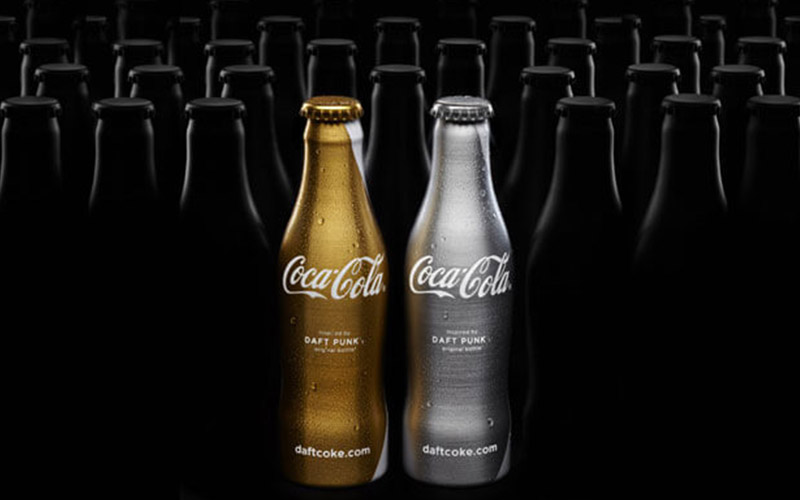
Limited Edition Coca-Cola.
Final Thoughts
As a rule of thumb, there is no such thing as too many products. If you look at eBay and Amazon, for example, the navigation and product filtering is what helps customers find what they want. The more products, the higher the engagement as your visitors compare different stats and try to figure out what suits them better. You should ideally have entry-level, mid-level and high-level products in each category to attract as many customers as possible. There’s nothing wrong with specialising in, say, low-cost party hats but keep in mind there’s a special kind of picky buyer out there that has an unlimited budget and wants only the best.
As for brand new online stores, there really is no minimum as some customers might only want one product. Online stores that are set up correctly are nimble, scalable and can easily grow over time. If you have a small selection of products and plan to have a lot more in the future, the challenge is on the web designer to design a store that looks great with a small number of products but that can be expanded without a lot of effort.

